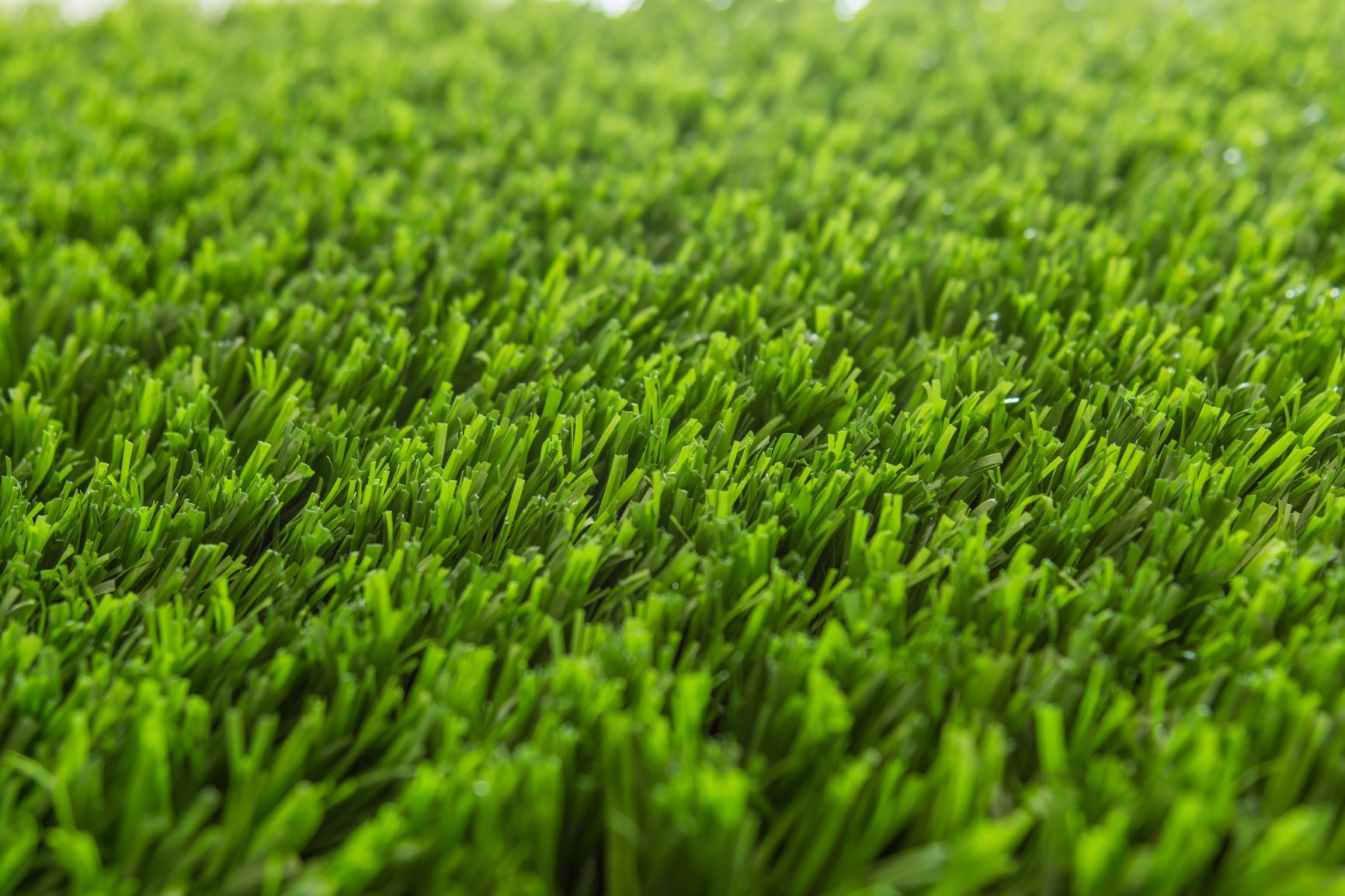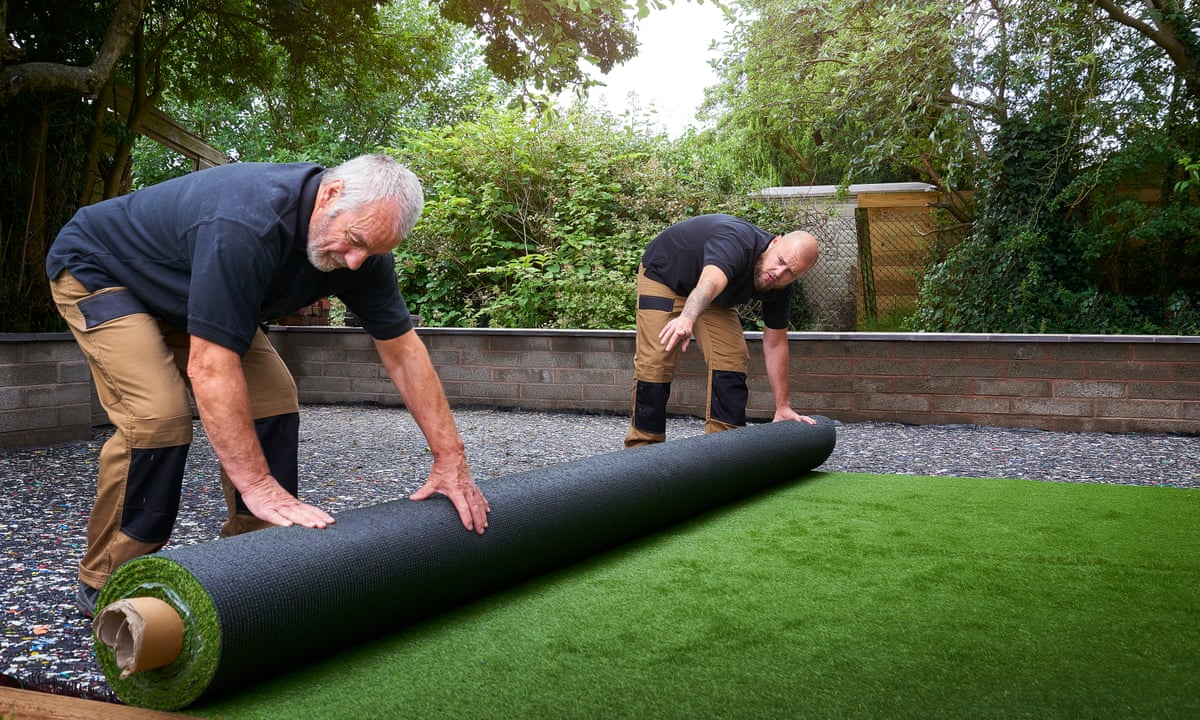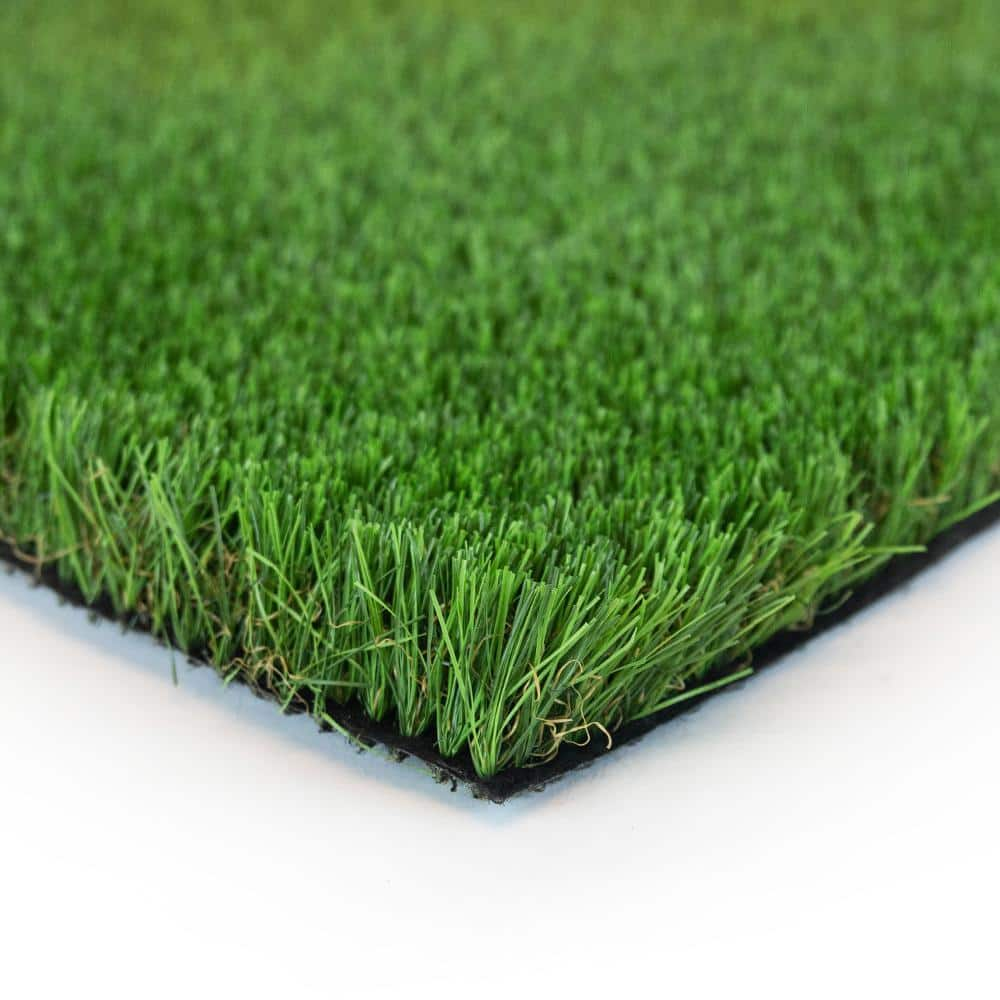Transform Your Outdoor Space with Arizona Artificial Turf for a Vibrant Green Look
Transform Your Outdoor Space with Arizona Artificial Turf for a Vibrant Green Look
Blog Article
Look Into the Environmental Conveniences of Opting for Synthetic Grass Solutions
The adoption of synthetic turf solutions provides an engaging opportunity to attend to pushing ecological obstacles. By substantially reducing water usage and decreasing the application of dangerous chemicals, these alternatives not just advertise sustainable landscape design yet also secure local environments.
Water Preservation Advantages
One of the most substantial benefits of man-made lawn is its ability to preserve water. In comparison, synthetic lawn does not need watering, dramatically lowering the total demand for water sources.
By eliminating the requirement for routine watering, synthetic grass adds to lasting landscape techniques and aids mitigate the ecological influence of too much water consumption. The conservation of water expands to the reduction of overflow, which can lead to soil erosion and waterway contamination.
Furthermore, the installation of fabricated turf permits communities and homeowners to assign water sources much more effectively, concentrating on necessary uses such as drinking water and farming. The shift towards man-made grass not only advertises accountable water use yet likewise lines up with broader ecological objectives targeted at preserving natural sources.
As communities significantly focus on sustainability, the water conservation benefits of synthetic grass present an engaging instance for its adoption in household and business landscape design jobs.
Decreased Chemical Use
The shift to synthetic turf significantly decreases the dependence on chemical therapies typically used in all-natural yard maintenance. Traditional lawn administration usually includes the application of plant foods, chemicals, and herbicides to advertise growth and control insects. These chemicals can position threats to human health and wellness, neighborhood wild animals, and the atmosphere, contributing to dirt and water contamination.
In comparison, artificial lawn eliminates the need for these hazardous substances. By decreasing the release of synthetic substances into the environment, fabricated lawn promotes much healthier dirt and water systems.
Moreover, the absence of chemical drainage related to synthetic grass setups helps safeguard regional waterways from air pollution, supporting aquatic life and maintaining biodiversity. Arizona artificial turf. As communities significantly focus on lasting methods, deciding for synthetic grass presents a practical service that lines up with environmental conservation goals. Through this shift, homeowner can delight in rich environment-friendly rooms without jeopardizing environmental wellness, leading the way for a much more sustainable future
Lower Carbon Impact

In addition, the installation of fabricated grass can cause considerable water preservation. Natural grass call for considerable amounts of water for irrigation, which not only adds to the carbon footprint connected with water extraction and therapy however additionally stress regional water sources. On the other hand, synthetic lawn needs marginal maintenance, needing no watering, therefore substantially lowering water usage and its connected power prices.
Furthermore, the longevity of man-made lawn adds to its reduced carbon influence. With a life expectancy of approximately 15 years or even more, the demand for regular substitutes is decreased, leading to less waste and reduced energy consumption in manufacturing and dealing with conventional grass options. Generally, synthetic grass provides a lasting alternative for environmentally conscious landscaping.
Habitat Preservation
Habitat preservation is an essential consideration in the debate over landscape design selections, especially when comparing synthetic grass to natural turf. All-natural turf yards usually need substantial maintenance, including the usage of chemicals, plant foods, and herbicides, which can adversely affect regional ecosystems. These chemicals can seep into the dirt and rivers, hurting native plants and animals and interfering with regional environments.
On the other hand, man-made lawn provides an opportunity to reduce the environmental footprint of landscaping. By selecting artificial turf, property owners can reduce the disruption of natural habitats related to conventional grass care practices. Fabricated turf removes the need for hazardous chemicals, consequently securing nearby wild animals and keeping the integrity of bordering ecological communities. Moreover, the installation of synthetic grass can bring about the conversion of former lawn locations into even more biodiverse landscapes, such as pollinator gardens or native plant locations, which can sustain regional wildlife.
Eventually, the shift to fabricated lawn not only saves water and reduces upkeep initiatives but additionally fosters an extra unified partnership between human Website activities and the natural surroundings, promoting habitat preservation while doing so.
Long-Term Sustainability
Long-term sustainability is a critical factor in evaluating the benefits of man-made turf over typical yard yards. One of the most substantial advantages of artificial turf is its resilience; it can last up to 15-20 years with very little maintenance, whereas all-natural lawn needs frequent reseeding and substitute. This durability decreases the demand for continuous sources, such as water, fertilizers, and chemicals, which are crucial for preserving a healthy grass lawn.
Furthermore, synthetic turf contributes to a reduction in carbon discharges related to yard care equipment. Standard grass frequently call for gas-powered lawn mowers, trimmers, and blowers, every one of which add to air contamination. Turf installation phoenix az. In contrast, man-made lawn eliminates the need for such tools, promoting a cleaner environment
Additionally, the production of artificial turf increasingly utilizes recycled materials, improving its sustainability account. As manufacturers adopt environment-friendly techniques, the environmental footprint check over here of synthetic grass remains to lessen.

Conclusion
The fostering of artificial turf options provides considerable ecological benefits, consisting of substantial water preservation, minimized dependence on damaging chemicals, and a reduced carbon footprint. In addition, synthetic grass aids in preserving natural habitats by reducing land disturbance and promoting long-term sustainability with using long lasting products. Jointly, these factors underscore the potential of artificial lawn to add positively to environmental wellness and use a sensible alternative to conventional landscape design techniques in a significantly resource-conscious globe.
In contrast, fabricated grass does not need watering, considerably decreasing the total demand for water sources. By lessening the release of synthetic substances into the community, artificial lawn advertises healthier dirt and see water systems.
Moreover, the installation of synthetic turf can result in significant water conservation. In comparison, synthetic grass needs marginal maintenance, needing no watering, thereby substantially decreasing water use and its associated energy prices.

Report this page